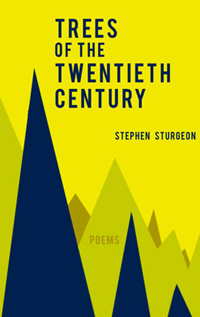 Trees of the Twentieth Century
Trees of the Twentieth Century
by Stephen Sturgeon
Dark Sky Books, 2011
62 pages / $10 Buy from Dark Sky or Amazon
Sometimes confessing to an invisible audience, sometimes to the poet himself, the impressive poetic debut Trees of the Twentieth Century consists of approximately thirty poems and communicates that which usurps prepackaged explanations yet desires to be heard using the human voice. What is experienced with the five senses—what makes us human—takes priority. This collection excels when read aloud, whether or not this was Stephen Sturgeon’s intention. The intelligent search for meaning periodically surfaces, alongside themes of passing time, shuffling memories, the malaise of adulthood, desperation, the recurring realization of injustice and impending reality of temporal forces at play. Sturgeon is generous in sharing his philosophical inquiries, thoughtfully embedded stanza by stanza:
What does it mean when things
present themselves; it means, it means that we
have seen them; that’s over. That’s over. (13)
Simplicity, associated with purity and grace, is a skill which many lack. Few have cultivated the patience of our ancestors—for better or worse. When something presents itself, it is often in one’s best interest to take the said object or situation at face value, despite a tendency to complicate, mask or layer, ranging from intention to the natural course of events. If it barks like a dog, it’s probably a dog—a hard lesson. The poet unearths such authentic perspectives, even if they are frequently singular to his own trajectory, hence the recurring presence of the “I” pronoun:
In the beginning I was happier.
The rocks spun. So close the air was to my face
I sparely breathed. (16)
Or:
Enemies, by chance, were my only peers.
I watched them, from on a hill, at its top,
thinking, everything falls down that will come up. (16)
Or:
Once more
I consider the pedigree of time,
and see no puzzle to its address. (30)
READ MORE >

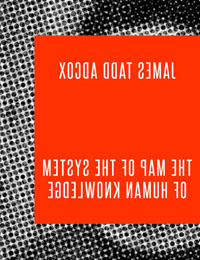 The Map of the System of Human Knowledge
The Map of the System of Human Knowledge Other Kinds
Other Kinds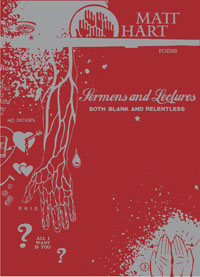 Sermons and Lectures Both Blank and Relentless
Sermons and Lectures Both Blank and Relentless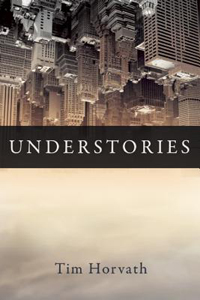 Understories
Understories 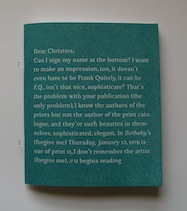 Commuting: Have gone to Ithaca – Frank Quitely
Commuting: Have gone to Ithaca – Frank Quitely Ring of Bone: Collected Poems
Ring of Bone: Collected Poems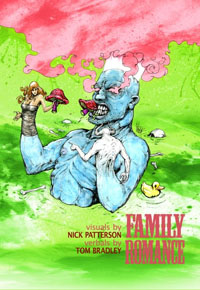
 Trees of the Twentieth Century
Trees of the Twentieth Century